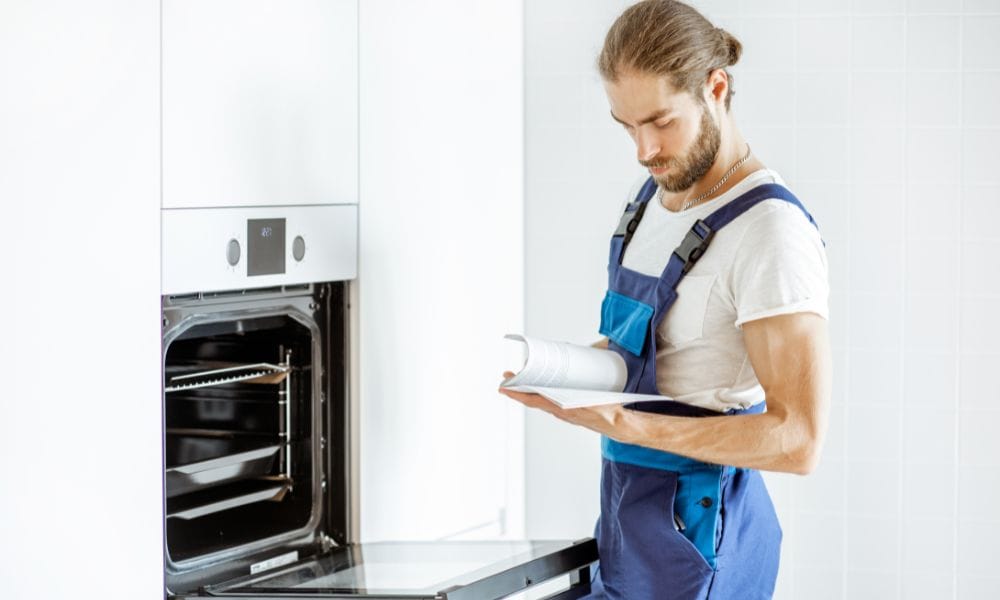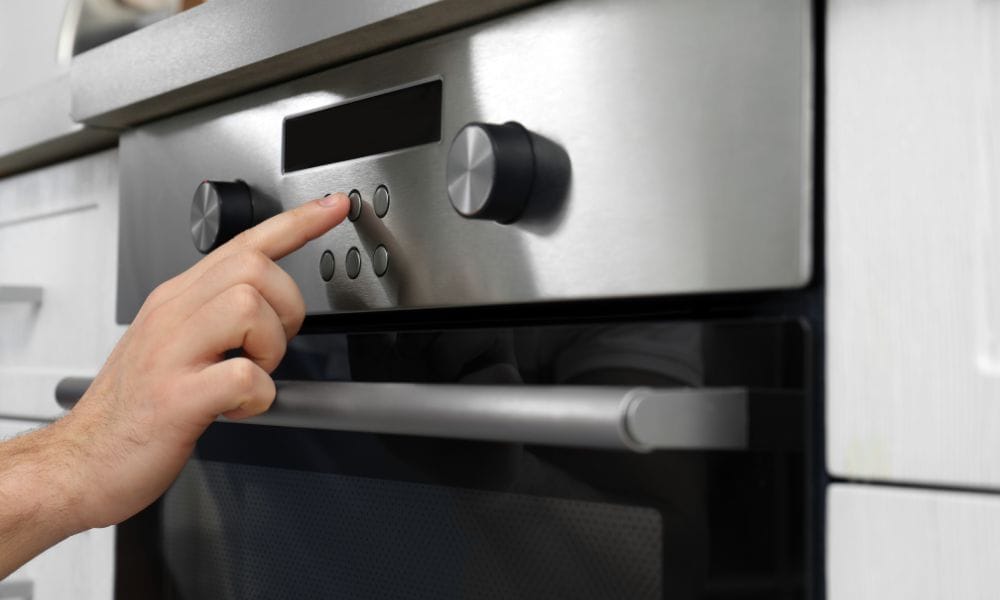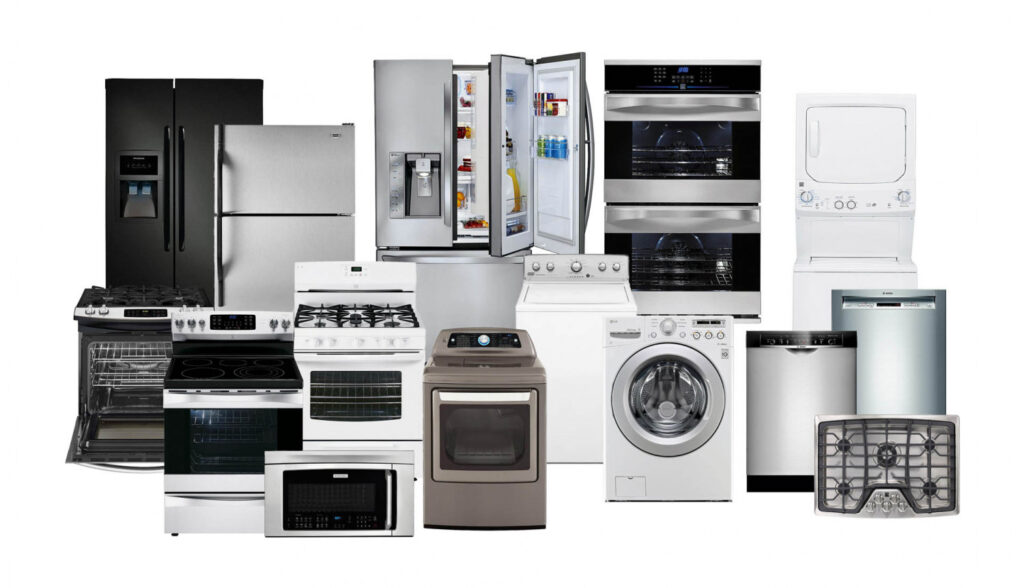
How to Bake Perfectly Every Time: Oven Settings Explained
If you’ve ever caught yourself gazing at your oven wondering whether to use bake, broil, or convection, you’re not alone. Most homeowners misuse their oven just because they don’t totally know how its settings work. But when you know about oven settings, you can unleash the full potential of your oven and drastically enhance your cooking outcomes. Mastering oven settings can dramatically improve your cooking results and extend the life of your appliance.
On this blog, we’ll crack the code of the most popular and sophisticated oven functions to assist you in cooking with confidence. From perfectly baked cookies to restaurant-quality broiled steaks, we’ll demonstrate when and how to utilize each feature.
1. The Basics Explained: What Are Oven Settings?
Oven settings are the many cooking options found in your oven. These settings control how heat is distributed and utilized within your oven, which actually affects the way your food is cooked.
Popular Oven Settings Are:
Bake
Broil
Convection Bake/Roast
Warm
Self-Clean
Mastering the use of these functions will take your home cooking to a new level.
2. Bake Setting: The Workhorse of Your Oven
The bake setting is the most popular oven operation. It employs bottom heating elements to heat food slowly and consistently. The setting is ideal for casseroles, cake, bread, and cookies.
When to Use It:
Baking pastries or desserts
Cooking meatloaf or lasagna
Roasting vegetables
Pro Tip: Preheat your oven prior to baking to achieve even cooking. Your food will cook more evenly and be more delicious!
3. Broil Setting: Intense Top Heat for Quick Cooking
Broiling employs only the upper heating element to cook food with intense, direct heat—just like grilling. It’s great for rapidly browning or searing food.
When to Use It:
Melting cheese on a casserole
Crisping the top of baked foods
Cooking thin slices of meat or fish
Safety Tip: Always monitor your food while broiling—things get burned fast because of the intense heat.

4. Convection Setting: Even Heat for Faster Cooking
The convection setting employs a fan to blow hot air through the oven, resulting in quicker and more uniform cooking.
Advantages of Convection:
Shorter cooking times
Improved browning and crisping
Uniform cooking on multiple levels
Optimal Uses:
Roasting meat and vegetables
Baking several trays of cookies
Toasting seeds and nuts
Tip: Decrease the temperature by 25°F when using convection to prevent overcooking.
5. Roast Setting: Ideal for Large Chunks of Meat
Roast is like bake but employs both the top and bottom heating elements, occasionally with a fan. It makes a hot, dry climate ideal for big pieces of meat.
Best For:
Whole chickens
Turkeys
Beef or pork roasts
Tip: Employ a meat thermometer to prevent overcooking. Roasting demands accuracy for optimal results.

6. Warm Setting: Keep Food Ready Without Overcooking
The warm setting keeps things at a low temperature, which is perfect for warming up dishes until you’re ready to serve.
Ideal For:
Warming dinner plates
Warming bread
Preparing several dishes
Tip: Don’t use the warm setting for extended periods—it will dehydrate your food.
7. Self-Clean: Easing Oven Maintenance
The self-clean setting applies very high heat to incinerate spills and grease and reduce them to ash that you can simply wipe away.
Note:
Clear racks prior to use
Ventilate your kitchen
Use sparingly to extend oven life
Important note: Never leave the home while your oven is in self-clean mode.
8. Reading Symbols and Icons on Your Oven
New ovens employ symbols for various settings. The symbols can differ depending on brand, but most adhere to the following standards:
A line at the bottom = Bake
A line at the top = Broil
Fan with heat = Convection
Plate with steam = Warm
Refer to your oven guidebook for in-depth information on these symbols.
9. Smart Ovens and Digital Settings
Most new ovens feature smart capabilities such as Wi-Fi connectivity, app control, and self-adjusting settings. These advances ensure easy and accurate cooking.
Look For:
Pre-programmed recipes
Voice control compatibility
Real-time temperature monitoring
Tip: Update the software of your oven (if applicable) to get the best out of the latest features.
10. Common Oven Setting Mistakes to Avoid
Skipping preheating: Results in inconsistent cooking
Overusing convection: Not all foods benefit from it
Wrong rack placement: Can lead to burning or undercooking
Ignoring your oven’s quirks: Get to know your appliance!
Learning the strengths and weaknesses of each oven setting can help you avoid these common pitfalls.
Understanding oven settings is essential for consistent cooking results and appliance safety, as outlined in trusted industry guidelines.
FAQs About Oven Settings
Q1: Is convection better than bake?
Not always. Convection is better for roasting and multi-tray baking, but delicate items like cakes may fare better with traditional bake settings.
Q2: How do I use which rack to bake?
The middle rack is the best for even heat for most recipes.
Q3: Is it safe to broil with the oven door left open?
Some ovens need to be done so. Consult your oven manual.
Q4: My food gets burned when I broil. Why?
Broil employs intense top heat, so watch food carefully and place it on the right rack position.
Q5: What is the difference between roast and bake?
Roast typically employs both top and bottom heat, perfect for meats, whereas bake employs bottom heat, perfect for baked items.
Conclusion
The secret to unleashing your culinary potential lies in controlling your oven settings. Baking, broiling, or roasting – it all comes down to knowing which setting to employ and when. Ditch the guessing and adopt the control of your machine.Explore our expert advice on freezer organization tips for every season to keep your freezer running efficiently year-round.
So the next time you enter your kitchen, keep this in mind: the key to cooking like a pro is not necessarily your recipe—it’s knowing your oven settings.



